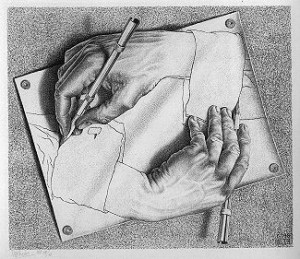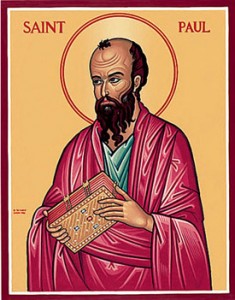
A typical accusation made of Protestants by Roman Catholics is that they are so divided. There are ostensibly at least 35,000 Protestant denominations, but only One Holy Roman Catholic Apostolic Church. Such a stark comparison is often sufficient for a wavering Protestant to capitulate in despair. Since his conversion to Roman Catholicism, the subject of our previous series, Mr. Joshua T. Charles, has shouted from the rooftops that the unified Roman religion with its Tradition and teaching Magisterium has finally set him free from the divisions and errors of Protestantism. Protestants constantly disagreed about everything, and at some point, he just could not stand it any more. Here is a small sampling of his Twitter criticism just from last month:
“I was protestant until I was 31. As such, the furthest I could get was different interpretations of the Bible. No one could say ‘thus saith the Lord’ as to which one was right. Good, educated people differed on every issue under the sun.” (June 4, 2023)
“I’m very, very, very glad I am no longer a protestant. Among all the interpretations, where is the true one? On so many issues that have been long settled in the Catholic Church, protestants continue to divide & fall into more errors, with no one capable of resolving the debate.” (June 10, 2023)
“[That’s] Why I am Catholic today. Interminable, unresolvable debates where the best any of us had was our best guess was unacceptable. I wanted to follow Jesus.” (June 13, 2023)
From this small sampling, which is indeed representative of Mr. Charles’ chronic indignation, we might suppose that the solution he had stumbled upon in Rome was a single authoritative source of clear teachings that removed all doubt, dispute and debate in the interpretation of the Bible, Tradition, the Magisterium. At last, no more error, guesswork, difference and revision, no more heresy, schism, contradiction and division! Nothing but smooth sailing! Continue reading One Billion Denominations
 Follow
Follow








